Participatory process to expand the inventory of the cultural heritage of Terrassa
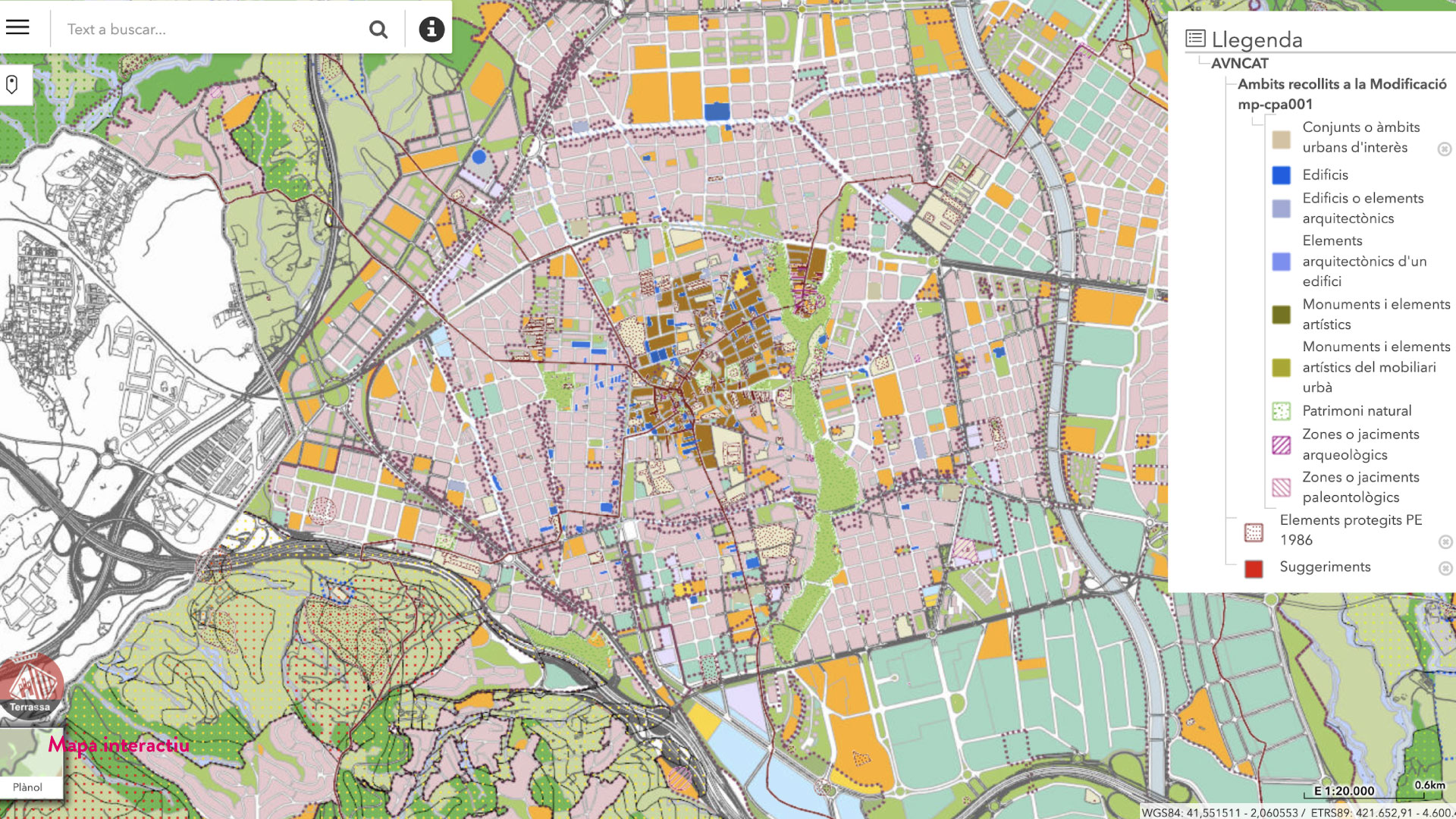
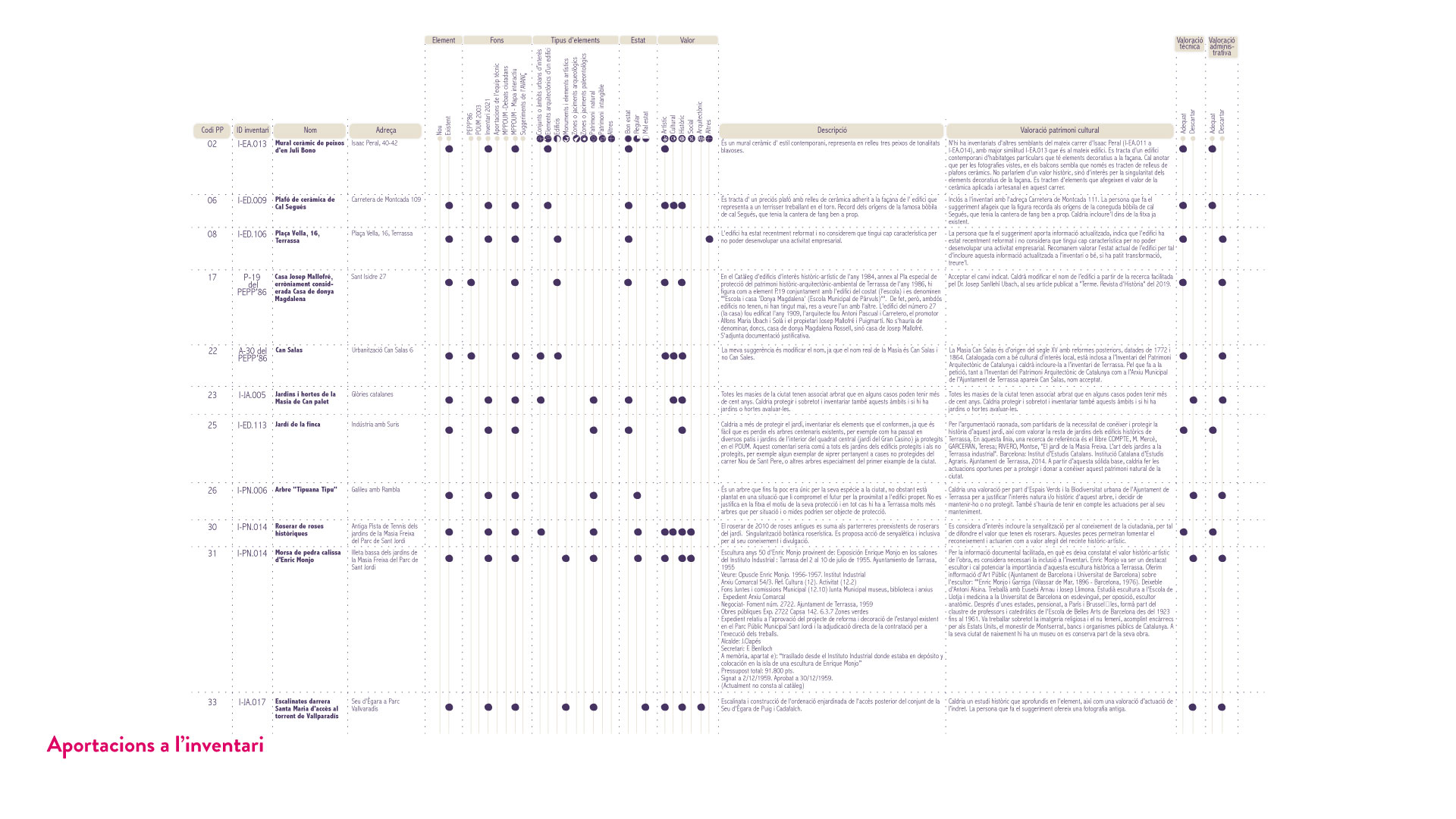
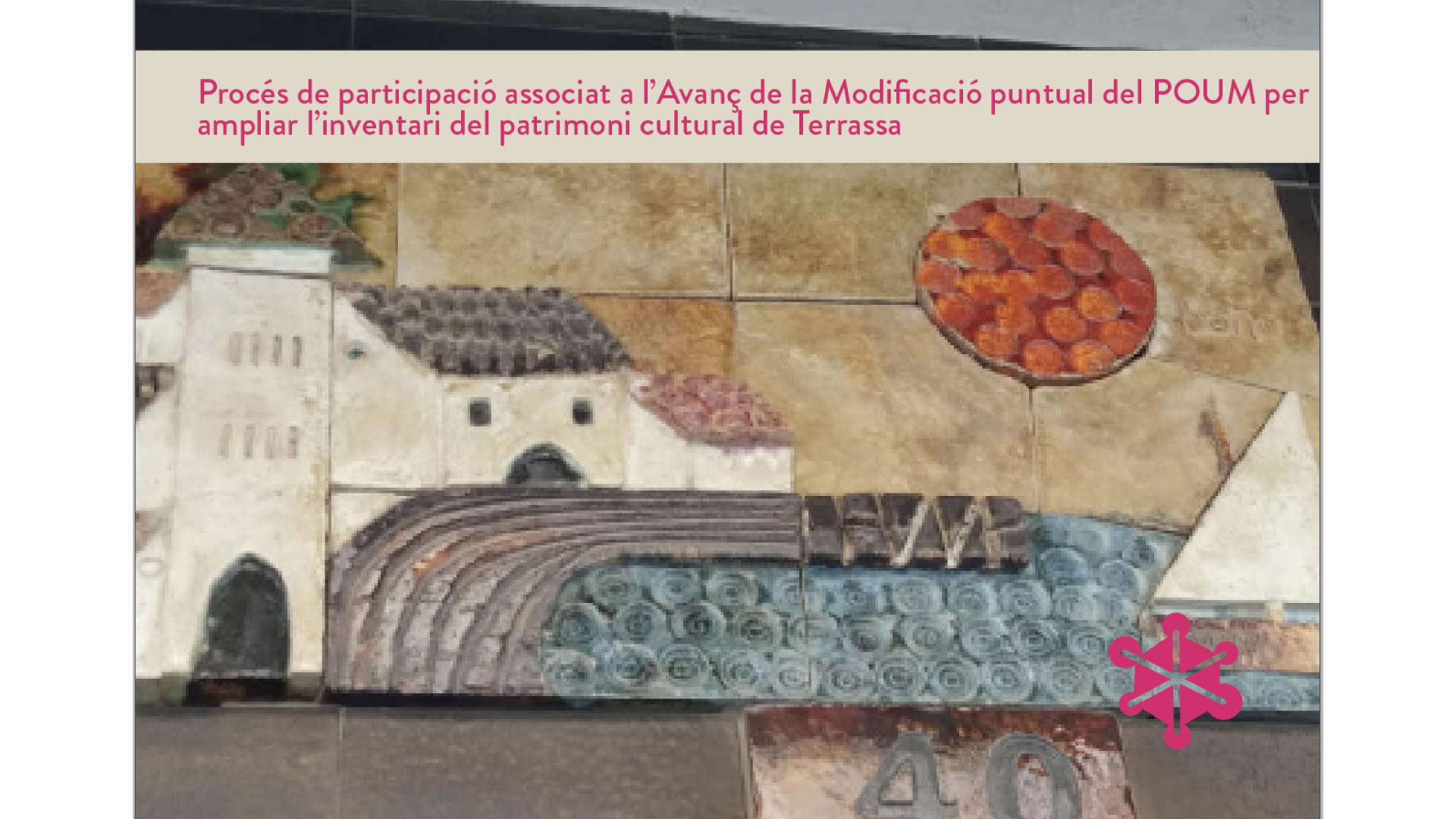
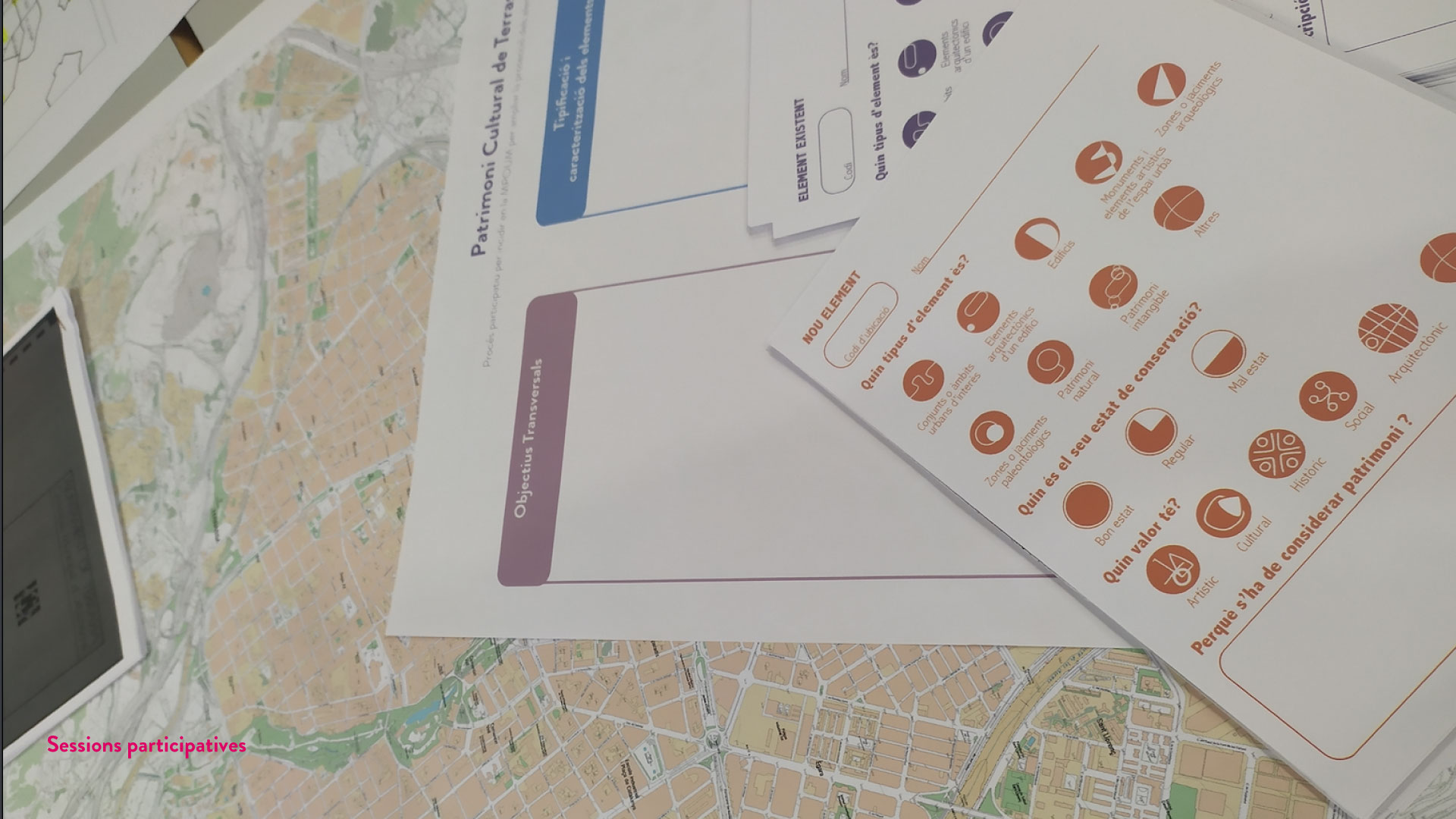
The Participatory Process associated with the Advance of the specific Modification of the POUM to expand the inventory of assets of Cultural Heritage of Terrassa, has been carried out between September 2021 and January 2022. Highlight the city’s heritage of the city, and elaborate on a proposal of regulation that has the citizen’s knowledge that has opened this space of participation in an initial phase of the urban processing.
Terrassa is a city with remarkable heritage value. Noteworthy examples include: (1) the monumental ensemble of the Cathedral of Ègara which was founded in the middle of the 5th century with the Romanesque churches of Sant Pere and Santa Maria, (2) the Gothic altarpieces of the 15th century, (3) the Carthusian Castle of Vallparadís which is originally from the 12th century and was converted into a Carthusian monastery in the 14th and 15th centuries, and (4) the cloister of the Convent of Sant Francesc from the 17th century.
With the Catalan industrial revolution, Terrassa became a major center of the textile sector in the late nineteenth and early twentieth centuries. Factories, warehouses, and residential buildings are concentrated in the city during the period of Modernism, with such remarkable examples as Masia Freixa and Casa Alegre de Sagrera.
For the citizens of Terrassa, the patrimonial elements become elements of identity. It is an active citizenry concerned with conserving and preserving these assets that are relics of the familiar past and translate into citizen pride. The link is based on associations of residents interested in heritage, which have the support and advice of entities such as the Heritage Board and the Center for Historical Studies of Terrassa. Terrassa City Council gives them a voice to express their opinions and assessments in expanding the inventory of Terrassa’s Cultural Heritage assets. In short, a review and group reflection to continue guarding the heritage with the best possible conditions in a correlative legacy from past to future.
The objectives from which the participatory process is set are:
- Facilitate the dissemination and understanding of the progress document of the MPOUM, and the background linked to the regulation of the Cultural Heritage of Terrassa.
- Achieve a higher quality plan/project: Collect different perspectives and proposals on the elements to be regulated and the criteria to be considered.
- Weave new relationships and improve governance with the affected agents of the territory, to facilitate their management and monitoring during the participatory process and the following stages of urban planning.
Place
Terrassa
[218,535 inhabitants]
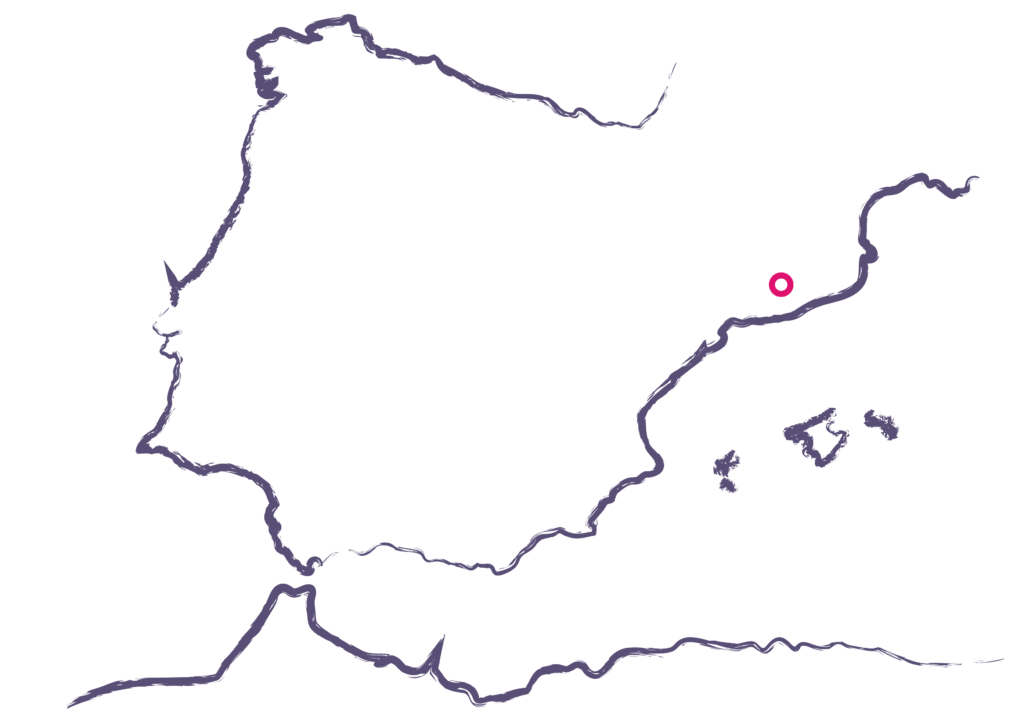
Scale
Municipal
Type of project
Urban Strategies
Citizen cooperation
Duration
8 months [2021-2022]
Promoter
Municipality of Terrassa
Team
*estel (Marc Deu i Ferrer,
Konstantina Chrysostomou,
Arnau Boix i Pla, Alba
Dominguez Ferrer),
Fàtima López Pérez,
Pablo Tardio
Collaborators
Neighbors of Terrassa
